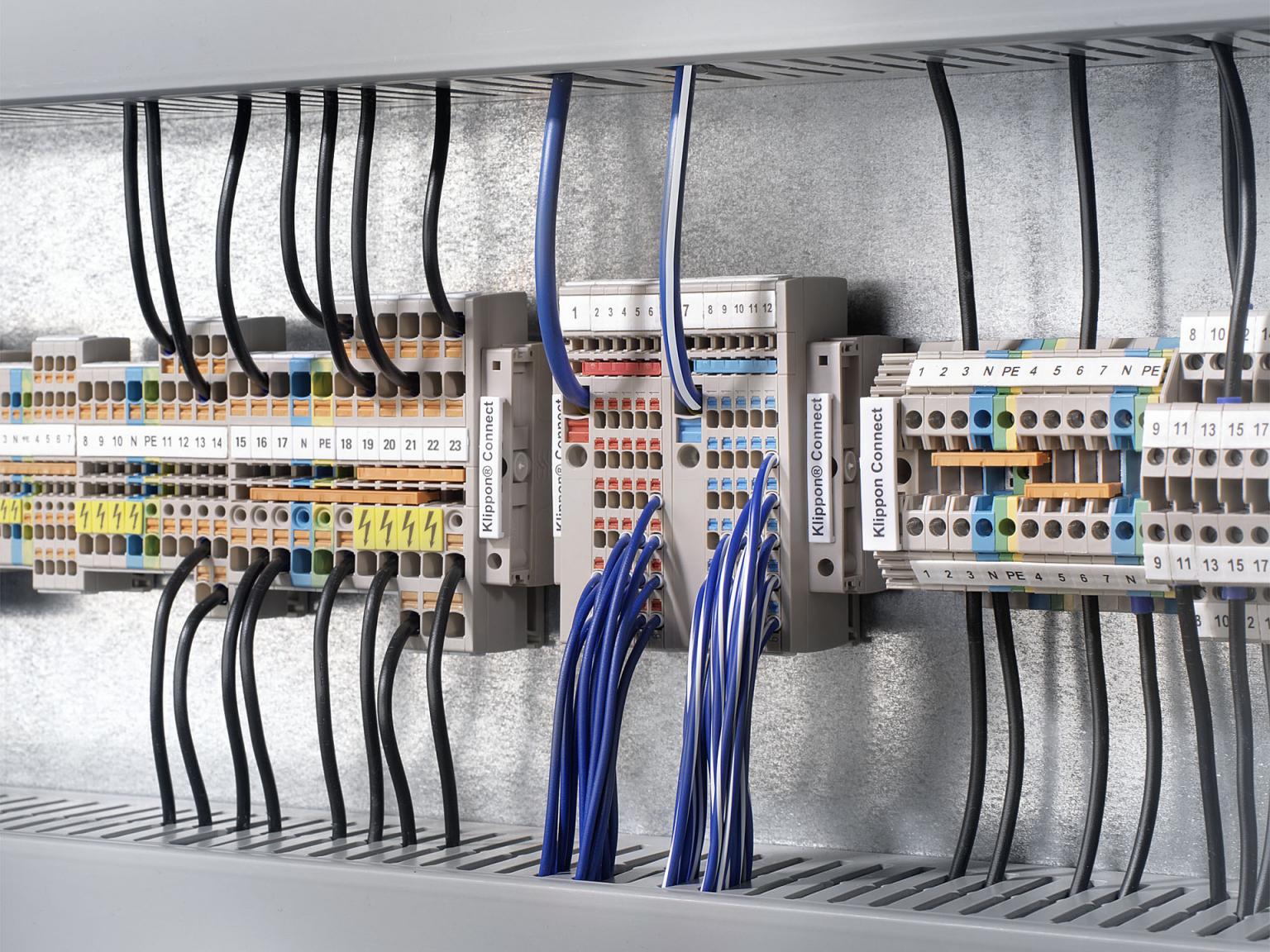
Flame-retardant polyamide 66 compounds that are not reinforced with glass fibers have also become significantly more expensive lately due to the high price of the base plastic. With Durethan B30SFN31, Lanxess has developed a cost-effective alternative material that can be injection-molded in similarly short cycle times. “Our new halogen-free flame-retardant polyamide 6 compound is particularly suited to thin-walled components that need to be produced in large quantities at low costs,” explains Alexander Radeck, an expert in flame-retardant plastics at Lanxess. The design material that can be given any color was developed and optimized in close cooperation with customers from the electrical and electronics industry (E&E) for specific applications. For example, it is especially suitable for terminal blocks to which cables are connected in power distribution boards or control cabinets.
Immediately usable in all colors
The heat-stabilized compound meets the requirements of the UL 94 flammability test of the US testing institute Underwriters Laboratories Inc. in all colors, achieving an outstanding V-0 classification for wall thicknesses of 0.4 to 3.0 millimeters and is listed on the UL Yellow Card accordingly (“All Colors”). “This yields a cost advantage for the processors. They can take the plastic that we have colored according to their wishes and use it straight away, without needing to color it themselves and going through the trouble and expense of having it certified at UL,” says Radeck. Color is an important design element in many E&E applications and is often used to identify components for safety purposes.
Tracking-resistant, flowable, and easy in processing
The new thermoplastic exhibits good tracking resistance even at high electrical voltages. The latter is reflected in a CTI value (comparative tracking index, IEC 60112) of 600 V which reduces the risk of short circuits and defects caused by creepage currents. This enables more-compact component designs. As a result, devices are smaller, in line with the trend for miniaturization. One of the compound’s strong points is its high elongation at break, which is a measure of plastic deformability under mechanical strain. “The elongation at break of our material is high even when it is freshly molded, which means that components can be mounted immediately after production and that integrated snap fits, for example, do not break before they are engaged,” explains Radeck. Another benefit of the material is its excellent melt flowability. This makes it easier to injection-mold components with very delicate, thin-walled geometries. Compared with unreinforced flame-retardant polyamide 66 compounds, the material can be processed more gently at lower temperatures.





















